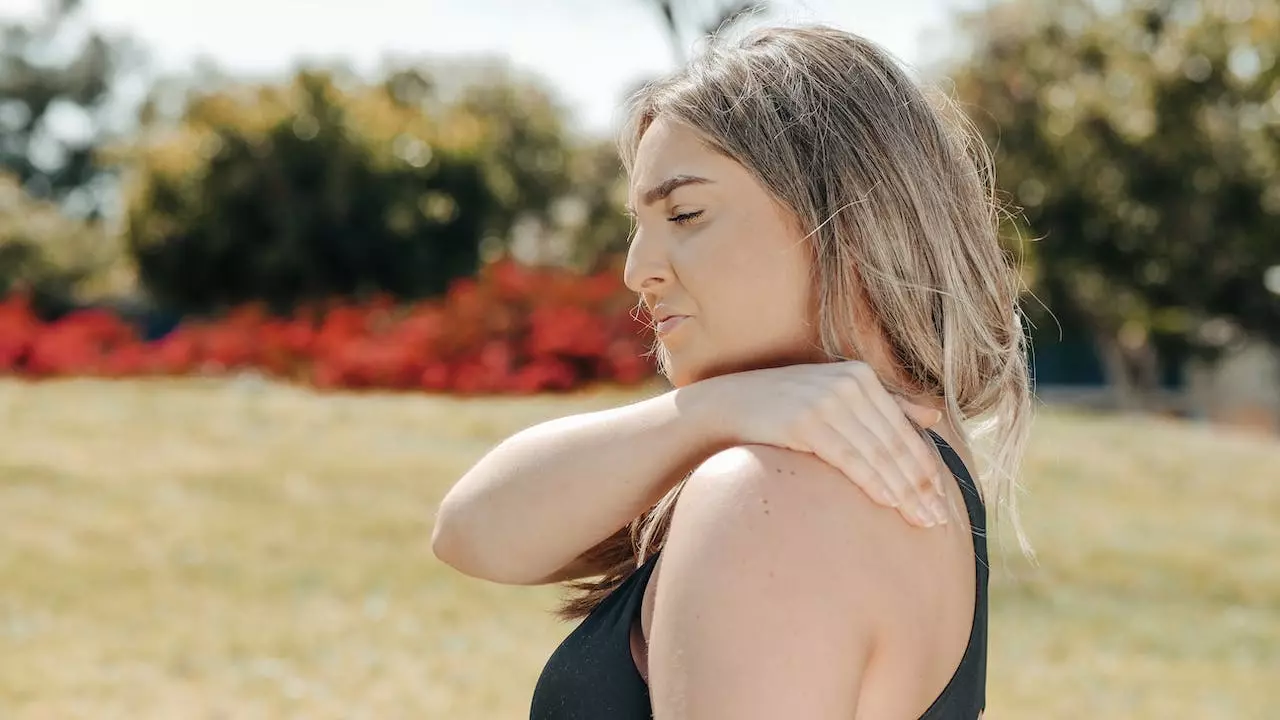During winter, many people start feeling pains in their body parts due to the cold environment. One can start experiencing pain in their joints, shoulders, or the parts with old wounds. Today, we will talk about shoulder pain in winter, its causes, and how to prevent it. Shoulder pain becomes very frustrating because it becomes a hurdle in our day-to-day work, whether we talk about picking something with our arms, changing clothes, or even going to a bath or trying to sleep and change sides to get some comfort.

Read Also: What Happens to the Body When You Stop Eating Meat?
So, one can be frustrated and find it challenging to complete their day-to-day work. So, what causes this shoulder pain in winter? Let’s discuss the main reason behind shoulder pain in cold weather.
Causes of Shoulder Pain in Winter

Various people might not experience shoulder pain in winter, but that does not mean people suffering from body pain imagine it. It can be due to changing environment and lowering temperature. Let us know about some common causes of shoulder pain in cold weather.
Hypersensitivity to cold weather
Some people might have hypersensitivity to cold weather, leading to pain in various body parts. When someone is going through the condition of (RA) rheumatoid arthritis, they can face heightened sensitivity in their joints, and the weather changes, such as a lowering in temperature, often lead to increased pain in joints along with the chances of swelling and stiffness.
Humidity
Humidity is one of the causes of shoulder pain in cold weather. Winter brings more stress, leading people to hunch over and shrug their shoulders for warmth, exacerbating existing shoulder issues.
Changes in barometric pressure
The change in the barometric pressure is also one of the causes of shoulder pain in cold weather, as cold weather leads to the expansion of the soft tissues because of the reduction in the air pressure in the body and increased joint pain.
Lack of physical activity
Cold weather leads to coziness; people avoid going out or engaging in physical activities during winter and love to remain in bed with warm blankets. This is also one of the primary causes of shoulder pain in cold weather, leading to discomfort and muscle stiffness in various body parts, including the shoulders.
Aging factor
The aging factor also contributes a lot to pain during the winter season. As one age, there are more chances of muscle stiffness, which can escalate during lower temperatures.
How To Prevent Shoulder Pain in Winter?

If you are also looking for an effective “How to prevent shoulder pain in winter?” you are at the right place. We will tell you some of the best tips to prevent pain in winter.
First, you must pack yourself with warm clothes to avoid direct exposure to the cold air in winter. You should wear 2-3 layers, and covering yourself with a scarf or shawl is an excellent way to avoid contacting cold weather and keep your body warm during the winter season.
You can use a hot compress only after consulting with your healthcare expert. Another helpful approach to prevent shoulder pain in winter is to do shoulder stretches and engage in yoga and some physical activities to keep your body active during the cold season.
This will help improve blood circulation, muscle strength, and flexibility and lower the chances of shoulder pain in winter. Your diet also plays a vital role in keeping you safe from pain in winter. Don’t forget to add omega-3 fatty acids to your diet, offering anti-inflammatory benefits and alleviating cold-related body pain while contributing to overall joint health.
So these are the significant tips for “How to prevent shoulder pain in winter.” Follow these tips to enjoy your winter season with more activity and joy. Remember, engaging in daily physical activities and going for a balanced diet is the key to keeping you fit and healthy during winter, and these also contribute to your overall well-being. So what are you waiting for? Stand up from your comfy bed and go for some jog or cycling and feel the warmth and activeness in your body.
To get more of our exclusive content on Health Care and Lifestyle. Follow us on YouTube and Instagram.





